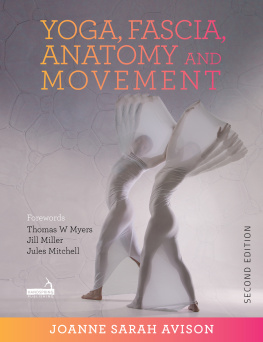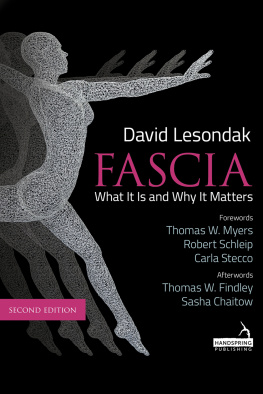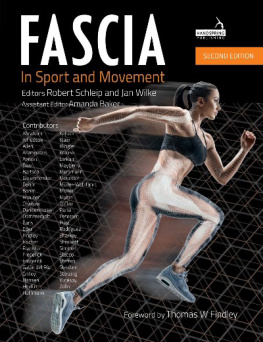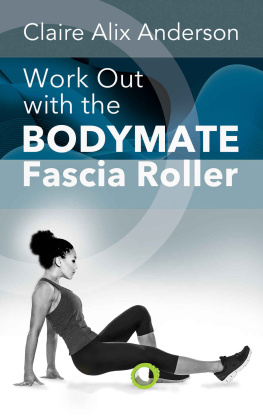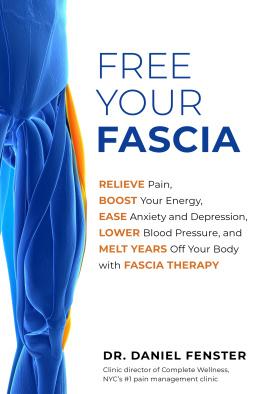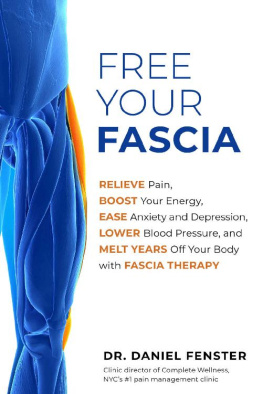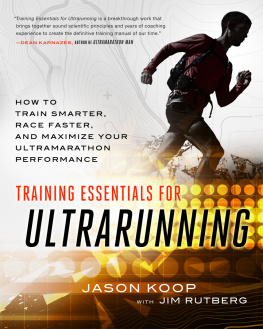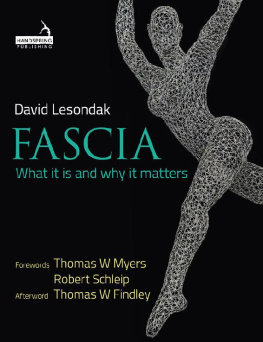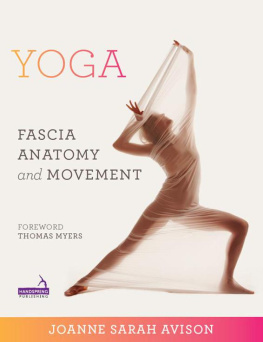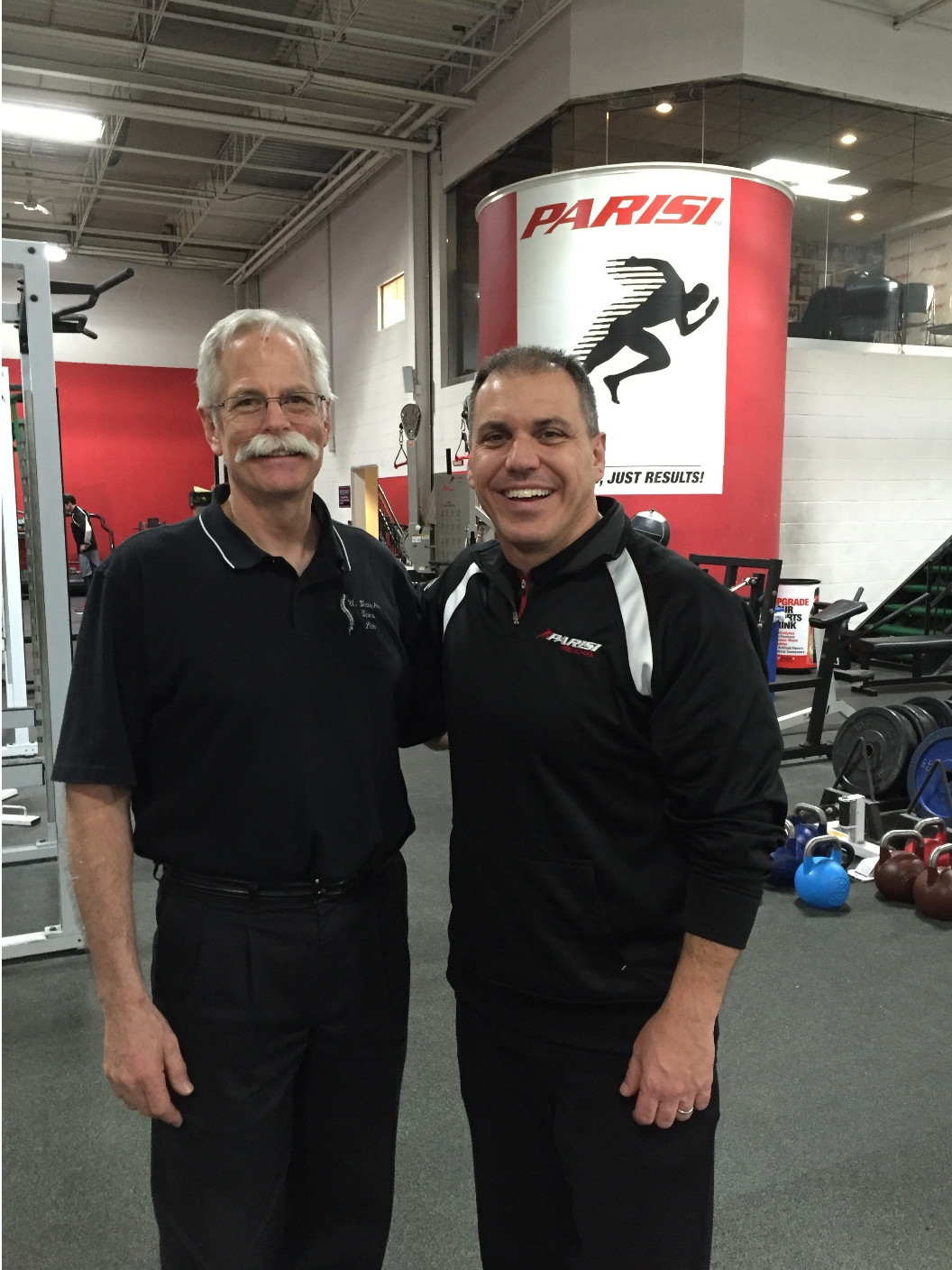FASCIA
TRAINING
Fascia Training
A Whole System Approach
The New Evidence-Based Science of Speed, Power, and Injury Resilience
Bill Parisi | Johnathon Allen
Published by Parisi Media Productions
Copyright 2019
All rights reserved, including the right to reproduce this book or portions thereof in any form whatsoever, digital or print.
ISBN: 9781794564657
DEDICATED T O my sons, Will and Dan, for being my training subjects and Parisi Speed School models for their entire lives. And my wife, Jennifer, for being my rock and supporting me with all my endeavors. Also, to all of the athletes and coaches around the world who have trained with the Parisi Speed School. Your results and experiences have helped me to continue growing and evolving my own approach to training.
Contents
Forward: A Great Story
WHAT MAKES A GREAT BOOK ? There must be an engaging story. It has to be well written and captivating. It must educate and create a platform for application. Fascia Training by Bill Parisi and Johnathon Allen checks all the boxes. The approach they took to gather material for this book was typical of Bills style. They traveled the country conducting interviews and spending casual time with people who had spent years probing the fascial system and listened to their stories. Along the way, they captured so many seemingly casual comments that added new insight and fostered thought. The magic of a great story occurs when it gives you that aha! moment. There are many aha moments in the combined synergies of stories pulled out of the different experts interviewed in this book.
Even though I have spoken with Thomas Myers and listened to his lectures, I learned much more from what Bill obtained in the time he spent with Tom. His interviews with legendary Dan Pfaff produced similar gold. I have consulted for Olympic programs internationally, and it is uncanny how many of them mentioned that they had also brought in Dan Pfaff, and that we both had similar foundational thoughts on tuning the body for speed. Ignore the role of fascia at your peril.
In the pursuit of demystifying fascia and its importance for human performance, this book captures the compelling stories and personalities of each expert and their individual journey towards mastery. As one of the people interviewed, I can declare that Bill pulled stories out of me that I had either forgotten or would never think to tell. That is the magic of Parisi and his disarming style. A warm personality who is very likable and engaging, he simply massages the stories out of you, then shares his own insights along the way in a charming New Joisy style.
I love this book.
Stu McGill
Stu McGill and Bill Parisi at the Parisi Speed School in Fair Lawn, New Jersey.
The Quest: An Introduction
TWO INCHE S . That was the distance between victory and defeat, between joining the U.S. Junior Track and Field Team in Japan or going home to do whatever it is you do after your dreams of glory and years of training have been crushed in a single decisive moment on the field of competition. This particular moment happened in Chicago the summer after my senior year in high school, where I was competing at the Keebler Junior Invitational Meet for one of two spots as a javelin thrower on the U.S. International Track Team. And lost to a kid who beat me on the last throw of the competition by the length of a golf tee.
After spending the last year of my high school life forgoing the usual senior rites of passage and fun so I could focus entirely on being invited to, and winning , that eventbecoming New Jerseys top-ranked javelin thrower and one of the top 10 in the countrythat aluminum spear felt like it landed squarely in the center of my heart, incinerating it with the heat of a thousand suns. It was the kind of traumatic loss that could have obliterated the competitive spirit of your average teenager. But I was not your average teenager. As I mentally recovered from that most formative of defeats, I used the heat from the atomic blast of those two heart-breaking inches to fuel a new obsession: to seek out the best coaches and training techniques in the world; to unlock the secrets for maximizing power, speed, and athletic performance; and to never experience that feeling again. It was the beginning of a lifelong quest for knowledge that continues to this day. This quest led me on a search for the top professional coaches of all types, in all areas, starting with acclaimed sports psychologist Dr. Rob Gilbert. Uncle Rob helped me focus the searing energy from that loss into a tangible goal that motivated me to attend Iona College, so I could train with Tony Naclerio, the nations top Olympic javelin coach. While attending Iona, I became a two-time Division 1 All American, qualified for the 1988 Olympic Trials, and set the all-time school record (236,10). The following year, the quest took me to Finland, where I learned training techniques from the best javelin throwers in the world. At the time, the typical American gym was a sea of selectorized Nautilus weightlifting and cardio equipment, not much different from todays Planet Fitness. I was surprised to find that the Finnish throwers were using very different functional training modalities than I had seen in the States, including dynamic medicine ball drills. I was amazed by how powerful and effective these natural training methods were. It was a mind-blowing paradigm shift in my early athletic education. After I returned from Finland, I became a graduate assistant in strength and conditioning for the University of Florida Gators Track and Field team, where I continued to study the science of speed and power from the best in the field. I traveled cross country at every opportunity to attend seminars, study with thought leaders, and acquire new knowledge from speed innovators, including Loren Seagrave, Vern Gambetta, Charlie Frances, and Randy Smythe. This quest eventually led me to a presentation by Bulgarian strength coach, Angel Spassov, hosted by NY Giants strength coach, Johnny Parker. After impressing Johnny at the event and explaining the functional training and medicine ball techniques I learned in Finland, he offered me a job as an assistant strength and conditioning coach for the New York Giants. It was the opportunity of a lifetime. I began training Super Bowl MVP quarterback Phil Simms on my first day, and we formed an immediate bond. Soon, the skills and training I brought to the program paid off, helping Phil achieve a string of franchise records right up to his final year in the league when he became one of the few quarterbacks in NFL history to start all 16 games of the regular season (winning 11 of them) and was selected to play in the Pro Bowl.
Identifying an emerging opportunity in the marketplace, I opened my first fitness studio in Wyckoff, New Jersey, in 1993a 3,000-sf space focused exclusively on youth sports performance and speed training. It was the beginning of what would become the Parisi Speed School franchise, which has since grown to include more than 100 locations worldwideincluding in China and Saudi Arabiaand trained more than 650,000 athletes between the ages of 7 and 18. Now based at our state-of-the-art flagship facility in Fair Lawn, New Jersey, the Parisi Training System has produced first-round draft picks in every major professional sportincluding more than 145 NFL draft picksand a host of Olympic medalists and champion UFC fighters. In the hands of other like-minded professionals, including renowned martial arts trainer, Martin Rooney, Parisi Training techniques have also served as the foundation for other science-based approaches to optimizing speed, power, and fitness for fighters in the highly successful Training for Warriors program .



